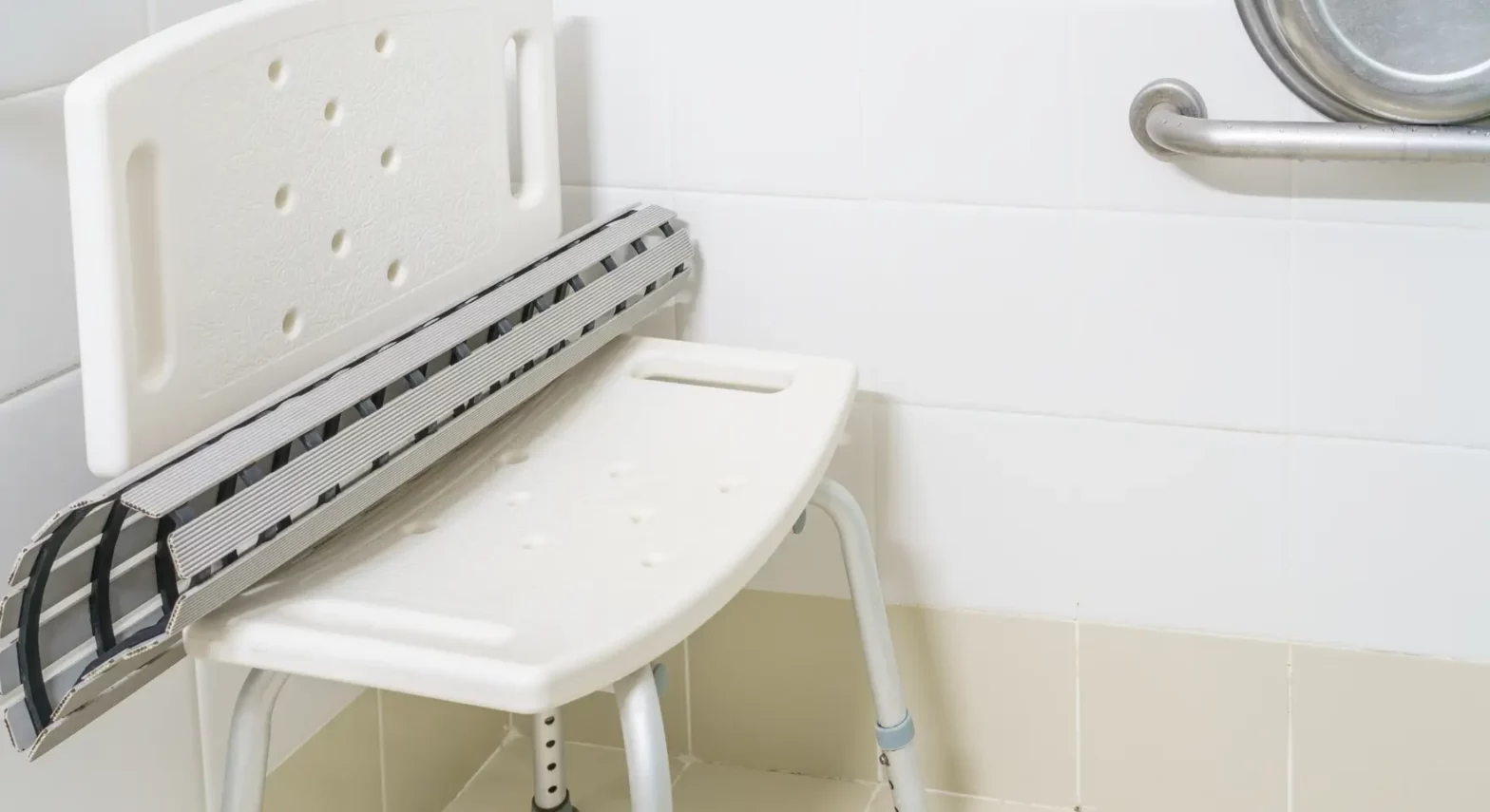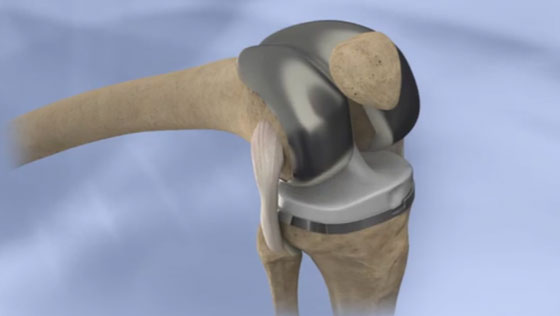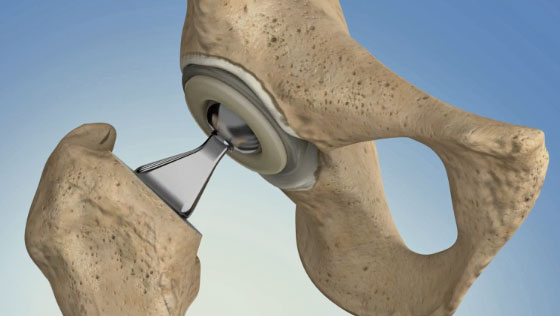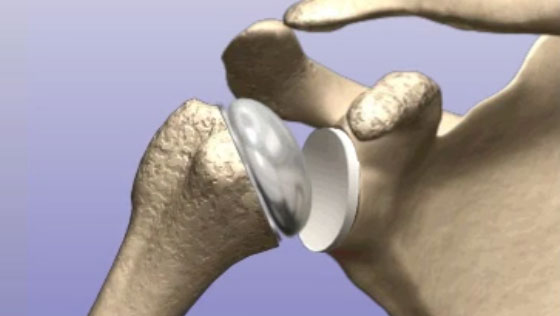May 9th, 2023
Top 5 Ways to Prepare Your House After Joint Replacement Surgery

Nearly 2.4 million hip and knee replacement surgeries were performed in 2021, which is an 18% increase from 2020[1]. Technology has advanced quite a bit in the last 10 years, meaning the recovery times after hip and knee replacements are much shorter than they used to be. It is common for people who just had a hip or knee replacement to spend 1 or 2 days in the hospital[2]. From there, these individuals often go home and need help with daily activities for 3 to 5 more weeks[3].
A key aspect of recovery involves making some changes within the home to improve safety. This not only makes it easier to focus on rebuilding strength, but it also helps prevent falls. This is especially important since trauma is the second most common cause of readmission to the hospital after a hip replacement[4]. We will discuss five simple ways to modify the home and lower the chances of falling after hip or knee replacement surgery.
Expert Insights
NCOA: Aging Mastery®: Falls Prevention
Use a Proper Chair
Many people may want to return to the comfort of their favorite chair after being in the hospital. But this is not a good idea while someone is rehabilitating from a hip or knee replacement since a firm chair is the better option. Firm cushions provide more support for the joints, which is just what the body needs to heal after either of these surgeries.
Depending on their doctor, someone may need to follow hip or knee precautions for 4 to 8 weeks after their joint replacement surgery[5]. These help prevent the joint from moving freely too soon before recovery. As part of these rules, it is important to sit with the hips higher than the knees while keeping the feet and knees pointing straight ahead. Firm chairs allow someone to do this by preventing them from sinking into the cushions.
It is also best to find a chair that has armrests and a higher seat than others. These features both allow the hips and knees to stay in the proper position – with the upper leg and torso forming an “L” – while someone is sitting and getting in and out of the chair. It is also recommended to avoid crossing the legs since this places added stress on the knees.
If you cannot get a higher or more firm chair, replace your current chair cushions with firmer ones. It can also help to use furniture raisers, which are placed under the legs of chairs, sofas, and other seating options to make them higher. Of all the equipment prescribed after hip replacement surgeries, furniture raisers are the third most common devices at 76%[6].
Get Shower Equipment
The bathroom can be one of the most dangerous rooms in the home. Many older bathrooms are small, which can cause people to lose their balance while turning, sitting, or standing up. Bathroom falls are twice as likely to result in serious injury compared to falls elsewhere in the home[7].
There are several pieces of bathroom equipment that can prove helpful for those recovering from hip or knee replacements[8]. Some people may want to use long-handled sponges to scrub spots like their back, legs, and feet. Shower chairs and tub benches are bath seating options that people can use to sit while washing themselves. When used with a handheld shower head, non-slip mats (inside and outside of the shower or tub), and grab bars, these devices can greatly help a person both before and after their recovery from a hip or knee replacement.
Grab bars act as handles in a variety of bathroom spots and are used more than 60% of the time to help with balance[9]. They can also help someone get on or off the toilet and reposition while bathing, which is especially crucial for those recovering from hip or knee replacements who need to maintain certain joint positions.
Raised toilet seats are recommended for similar reasons as firm chairs, and are the most often prescribed (95%) piece of equipment after a hip replacement[6]. They keep someone’s hips and torso aligned when they use the toilet, which avoids added stress on the joint.
Clear Walkways and Organize the Home
Another common risk within the home is a lack of clear walking space. People who are recovering from hip or knee replacements can benefit from organizing their home to make it safer and easier to get around. One of the best ways to do this is by clearing clutter from often-used areas such as hallways and living rooms. It’s also best to remove or secure loose items (wires, cords, throw rugs, and pet bowls or other small items) that can be tripped on. Pet owners may want to arrange care for dogs or cats, especially those that need frequent bathroom breaks, since the presence of these animals can also cause falls. In some cases, people who have just undergone hip and knee surgery may need to rearrange their furniture to make clearer or larger walking paths for themselves and their walker, cane, or crutches.
Use Reachers and Other Tools
Individuals who have just undergone a hip or knee replacement can also use tools in other parts of the home to help with their recovery. Since it’s recommended to avoid bending over for a period of time, dressing may especially be difficult for someone in recovery. Devices such as long-handled shoe horns, dressing sticks, and sock aids make it easier to put on pants, socks, and shoes. Long-handled shoe horns are some of the most used dressing tools by people recovering from hip or knee replacements[6].
Another example is a reacher (also known as a grabber), which is the fourth most commonly recommended device for individuals who recently underwent hip replacements[6]. Reachers can be used as a second pair of hands, since they allow people to pick items up from hard-to-reach spots like the floor or high shelves. By squeezing and releasing the trigger, people can open and close the hands to bring items closer to them.
A perching stool is another helpful seating device. This chair has a small seat without a back, which allows someone to relax in a way that does not require them to bend at the hips or knees. In order to use a perching stool, someone leans against it rather than fully sitting on it. This posture prevents their hips and knees from fully bending and allows them to rest their feet without impacting their recovery.
Keep What You Need Nearby
Another way to make the home easier to navigate while someone recovers from a hip or knee replacement is by using small, convenient surfaces to hold items they need most often. Coffee tables, end tables, or nightstands are often too low so someone must bend and lean to reach them. Tray tables or small TV stands can be placed right above the armrest of a chair or couch to hold a range of items. The most important objects to have nearby are often the phone, remote control, glasses, pills, water, snacks, and important information such as phone numbers or doctor’s instructions.
This advice can even be used in other rooms, so taking important items off shelves and placing them on countertops instead is usually a good idea. If someone needs to rely on shelving due to a lack of space, try to put items on shelves that are between the shoulder and waist level. They will be easier to reach in those spots.
People who are using a walker either while recovering from surgery or on a regular basis can attach small bags or baskets to the device to carry important items. Those who do not use a walker or other mobility device can use a fanny pack or small purse in the same way.
It’s also important to note that many of these home modifications can help individuals generally get around their home more easily, even if they have not had surgery. If you need other advice to improve access within your home or are concerned about falls after a hip or knee replacement, talk to your doctor, an occupational therapist, or a physical therapist to learn more.
Find an Orthopedic Doctor in Your Area





